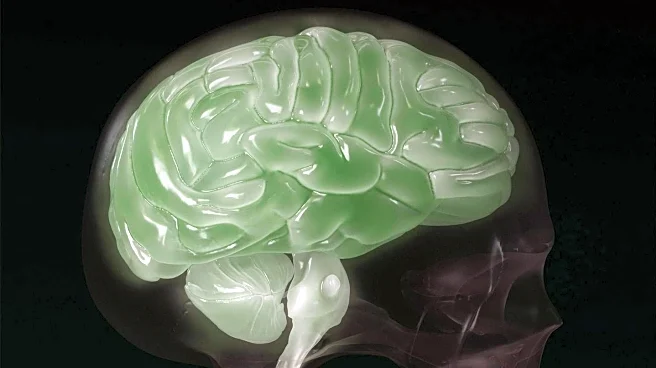What is the story about?
What's Happening?
A recent study published in Nature examines the susceptibility mechanisms of depressive symptoms in disadvantaged children using network analysis. The study identifies children from single-parent families, left-behind children, and those living in poverty as having a higher risk of depression. It challenges traditional views of mental illness by proposing a network theory of psychopathology, which suggests that depression results from interactions between symptoms rather than underlying common causes. The research highlights the importance of understanding the structural features of depressive symptom networks to improve intervention strategies.
Why It's Important?
The study's findings have significant implications for mental health interventions targeting disadvantaged children. By identifying the network mechanisms of depressive symptoms, healthcare providers can develop more effective strategies to address core symptoms and improve overall mental health outcomes. The research emphasizes the need for tailored interventions that consider the unique challenges faced by disadvantaged children, potentially reducing the long-term impact of depression on their development. Understanding these mechanisms can also inform public policy and resource allocation to support vulnerable populations.
Beyond the Headlines
The study's approach to analyzing depressive symptoms through network theory offers a novel perspective on mental health research. It challenges traditional models and highlights the complexity of mental illness, emphasizing the need for interdisciplinary approaches to address psychological challenges. The findings may influence future research and clinical practices, encouraging a shift towards more holistic and integrative methods in mental health care. Additionally, the study underscores the importance of addressing social determinants of health to improve outcomes for disadvantaged children.
AI Generated Content
Do you find this article useful?













